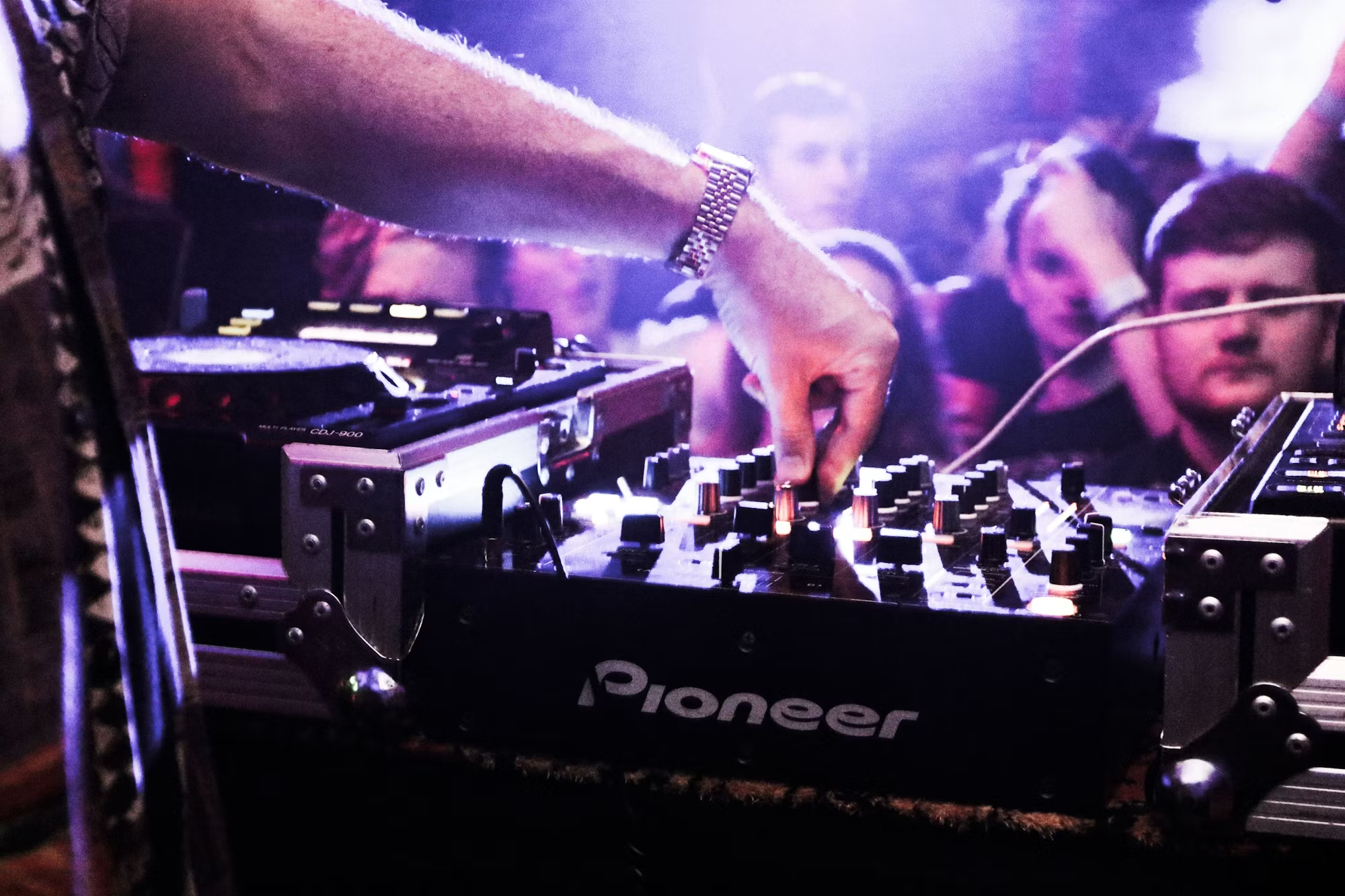House music, often regarded as the heartbeat of the dancefloor, has played a pivotal role in the evolution of electronic dance music (EDM). Emerging from Chicago in the early 1980s, house music has continually transformed, adapting to the tastes of new generations while retaining its core essence. This article delves into the rich history of house music, exploring its origins, key subgenres, and the artists who have shaped its vibrant landscape.
The roots of house music can be traced back to the underground club scene in Chicago. Influenced by disco, soul, and funk, pioneering DJs like Frankie Knuckles and Larry Heard began experimenting with new sounds and techniques. The use of drum machines and synthesizers allowed them to create repetitive beats and hypnotic grooves that resonated with dancers. Tracks like Knuckles’ “Your Love” and Heard’s “Can You Feel It” became anthems of the burgeoning house movement, laying the foundation for what would become a global phenomenon.
As house music gained traction in Chicago, it began to spread to other cities, notably New York and London, where it would further evolve. The 1980s and 1990s saw the emergence of various subgenres, each adding its unique flavor to the house sound. One notable subgenre is deep house, characterized by its smooth, jazzy elements and slower tempos. Artists like Maya Jane Coles and Disclosure have popularized deep house in recent years, infusing it with contemporary influences while maintaining its soulful roots.
Tech house, another significant subgenre, blends elements of house and techno, creating a sound that is both rhythmic and melodic. DJs such as Solardo and Fisher have become prominent figures in the tech house scene, known for their infectious beats that keep the energy high on the dancefloor. This subgenre has gained immense popularity in recent years, often dominating festival lineups and club sets worldwide.
In contrast, progressive house offers a more melodic and uplifting experience, with its emphasis on building tension and euphoric drops. Artists like Eric Prydz and Deadmau5 have carved out a niche within this style, known for their intricate productions and captivating live performances. Tracks like Prydz’s “Call on Me” and Deadmau5’s “Strobe” exemplify the grandeur of progressive house, showcasing the genre’s ability to evoke powerful emotions and create unforgettable moments.
The emergence of vocal house has also played a crucial role in the genre’s popularity. By incorporating powerful vocal performances and catchy hooks, artists like Calvin Harris and The Chainsmokers have bridged the gap between house music and mainstream pop. Their ability to craft accessible tracks while retaining the essence of house has introduced the genre to a wider audience, further solidifying its place in the music industry.
One of the most exciting aspects of house music is its adaptability. The genre has continuously evolved, absorbing influences from various styles, including hip-hop, funk, and even rock. This fluidity has allowed house music to remain relevant in an ever-changing musical landscape. Collaborations between house artists and musicians from other genres have resulted in innovative tracks that push the boundaries of what house music can be.
In recent years, the rise of online platforms and social media has transformed how house music is produced, distributed, and consumed. Artists can now share their music directly with fans, bypassing traditional industry gatekeepers. This democratization has led to the emergence of a new generation of talented producers and DJs, often creating unique sounds that reflect their diverse backgrounds and influences. Labels like Defected and Spinnin’ Records have played a vital role in promoting emerging talent, curating compilations that showcase the best of the house scene.
House music’s impact on the global festival circuit cannot be overstated. Events like Tomorrowland and Ultra Music Festival feature extensive house lineups, attracting thousands of fans who come together to celebrate the genre. These festivals have become a cultural phenomenon, fostering a sense of community among house music lovers and creating unforgettable experiences. The energy of a live house performance, with its pulsating beats and euphoric drops, creates an atmosphere of unity and joy that resonates with attendees long after the music stops.
Moreover, the visual aspect of house music performances has become increasingly important. Many artists collaborate with visual designers to create immersive experiences that enhance their shows. The combination of music and stunning visuals, including light displays and projections, elevates the overall experience for the audience, making it a multisensory journey that captivates the senses.
As we look to the future, house music shows no signs of slowing down. Its ability to evolve and adapt to new trends ensures that it will remain a dominant force in the EDM scene. The fusion of technology and music continues to inspire artists, leading to innovative production techniques and fresh sounds that challenge the status quo. As new subgenres emerge and established artists continue to redefine their styles, house music will undoubtedly continue to resonate with fans across the globe.
In conclusion, house music has left an indelible mark on the world of electronic dance music. From its origins in Chicago to its current status as a global phenomenon, the genre has continually transformed while maintaining its core essence. The diverse range of subgenres, the influence of key artists, and the vibrant culture surrounding house music all contribute to its enduring appeal. As we celebrate the past and look forward to the future, one thing remains clear: house music will always be the heartbeat of the dancefloor.



